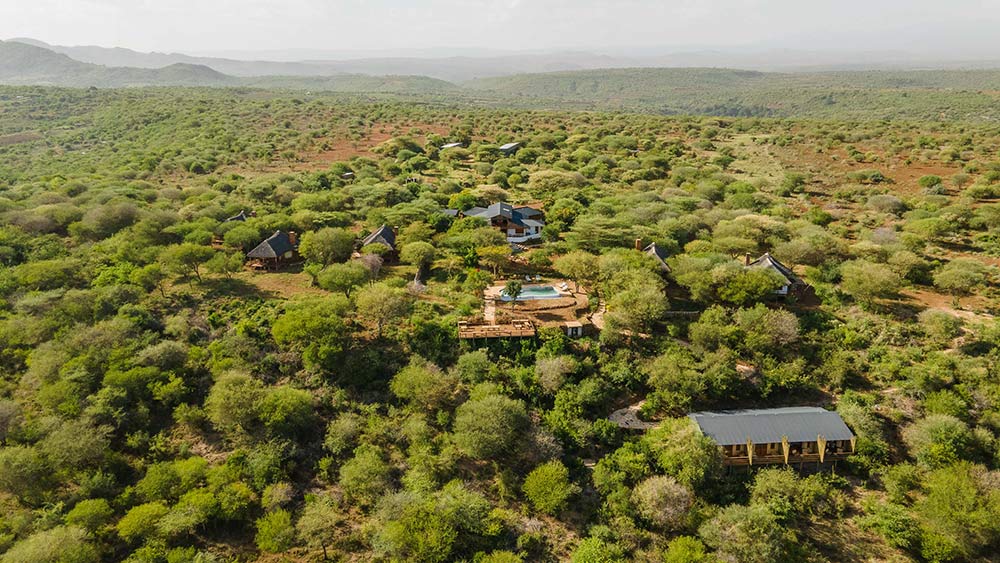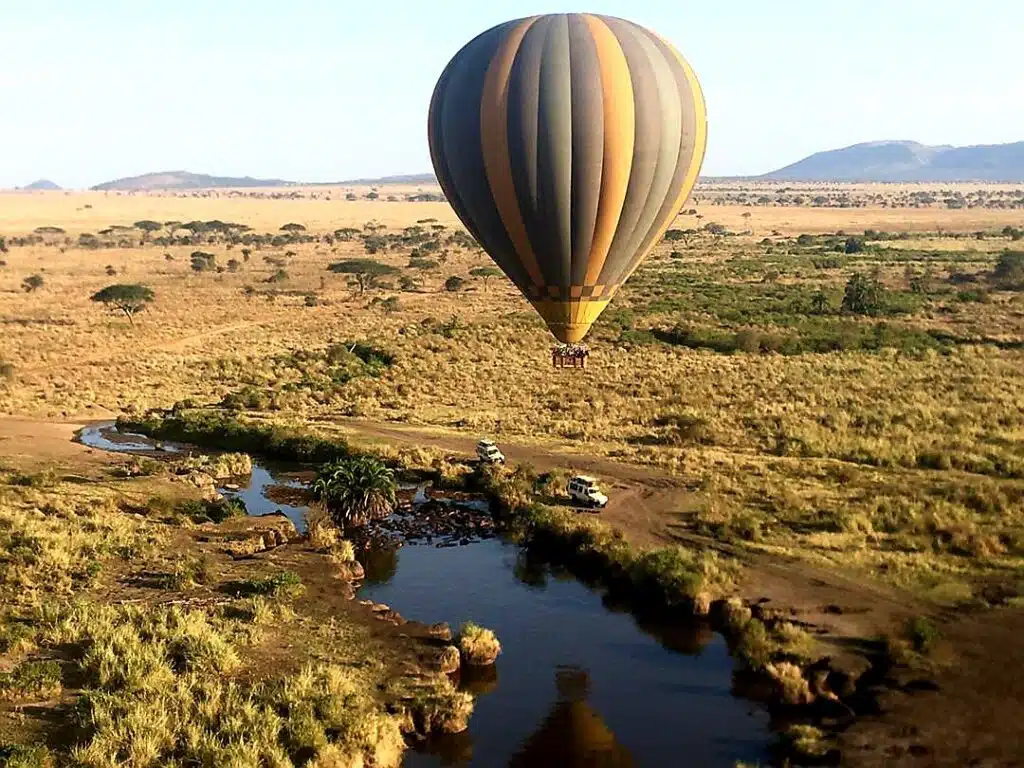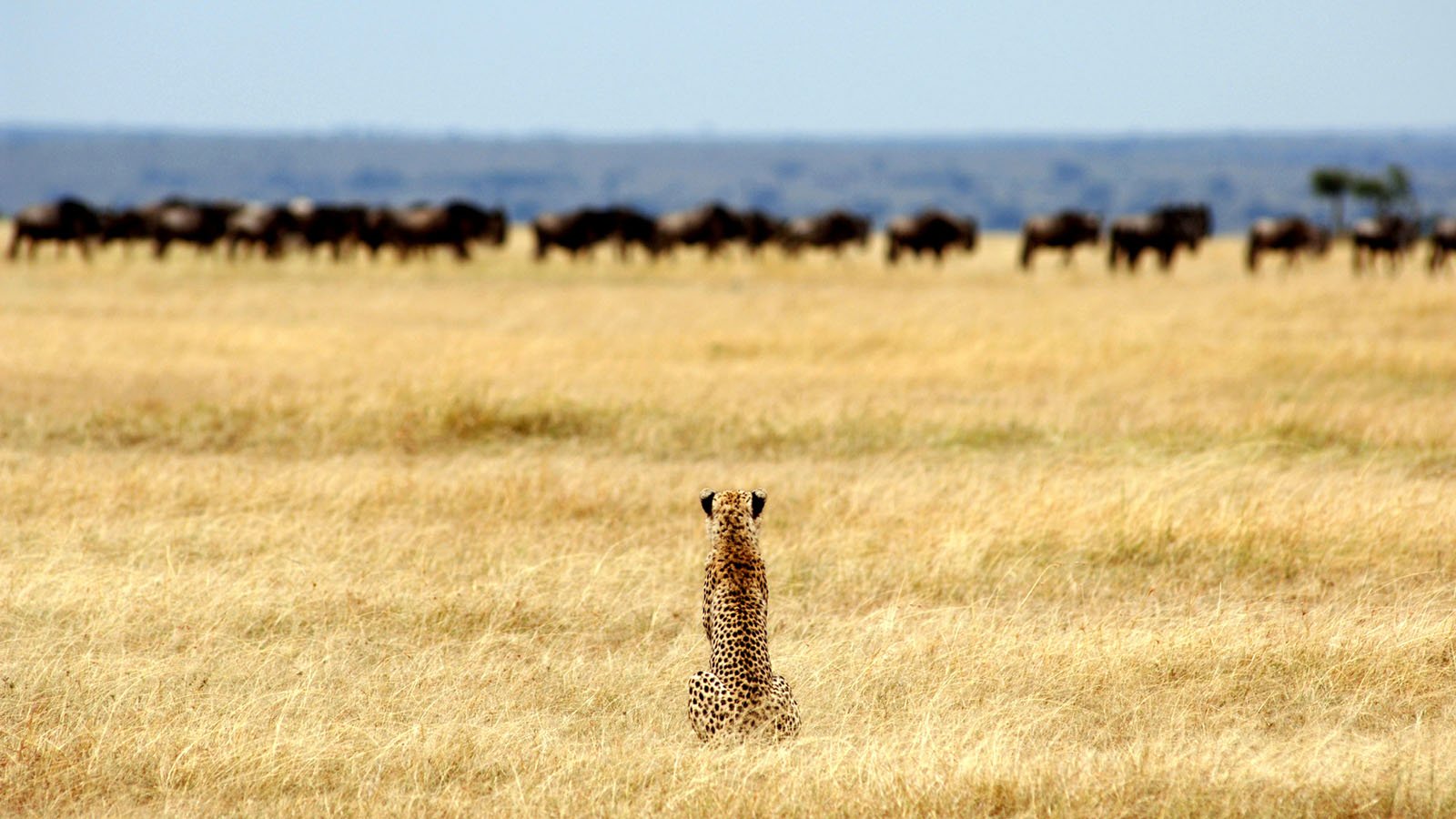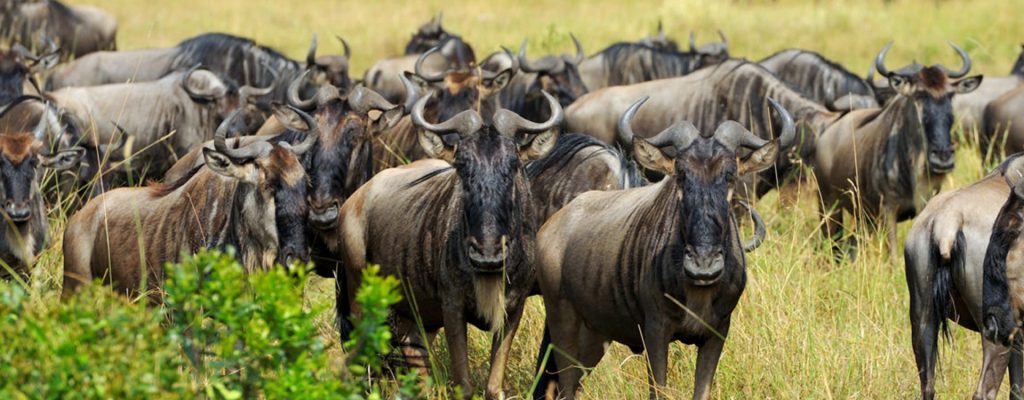Our 6-day Ndutu Serengeti Wildebeest Migration from Arusha safaris start from November to April, have been designed specifically to focus on and to increase your chance to see the great Serengeti Calving wildebeest migration .
Every year, the vast herds of wildebeest embark on a long-distance migration that coincide with the annual rain fall patterns and grass growth. Following the short rainy season in November, the herds of wildebeest arrive to the short-grass plains of the Serengeti around November. The short-grass plains are located in the area east and south of the Seronera, around Ndutu and the northern Ngorongoro Conservation area. Herds of wildebeest and zebra can be seen across these plains as they feed on the nutrient rich grasses. The majority of the wildebeest calve around February. They normally stay in the area till April and then start moving west towards to the Western Corridor of the Serengeti National Park.
Please note that it is difficult to predict the exact timing and location of the migration at any time, as this can vary considerably from year to year, depending on factors such as rainfall, water availability, food abundance, predators and the phosphorus content in the grasses.
